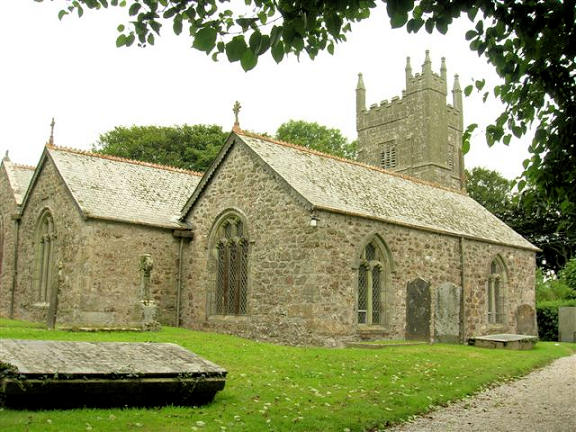
Today is the feast day of brother and sister Fingar and Piala. Never heard of them? Me either until I read a short entry in The Celtic Year by Shirley Toulson. I did a little Internet searching and discovered only a bit more.
Their story takes place in the middle of the 5th century. Fingar was from a royal family, the son of a king name Clito who drove him out, along with many others including Piala, because St. Patrick had converted them to Christianity. They went to Cornwall. One account says there were over seven hundred people who went. However, they were not well received. King Theodoric, a pagan king, ordered them all killed. So, Fingar and his sister were early Irish Christian martyrs.
It's often been noted, and I've written about it myself, that Ireland was converted with no bloodshed. It's true that there were no holy wars, nothing like The Crusades, and the people came to the faith because it melded so easily with what they already believed. But obviously people did die for their religious beliefs.
Fingar had a monastery named for him at Gwinear, near Hayle, the place of this massacre. Gwinear is the Welsh name for Fingar. As was common in the Middle Ages, a biography of this saint was written by his church (pictured above.) Many miracles were then assigned to the saint, of course--restoring a cow that was slaughtered to feed him and his companions, sticking a staff into the ground from whence came a fountain of water...but for me the thing to remember about Fingar and Piala and so many, many ancient Irish Christians is that they gave up their way of life, their homeland, and sometimes their families, to embrace the Christian faith.
This is still happening in some parts of the world. I don't know about you, but my life suddenly seems very easy.
No comments:
Post a Comment